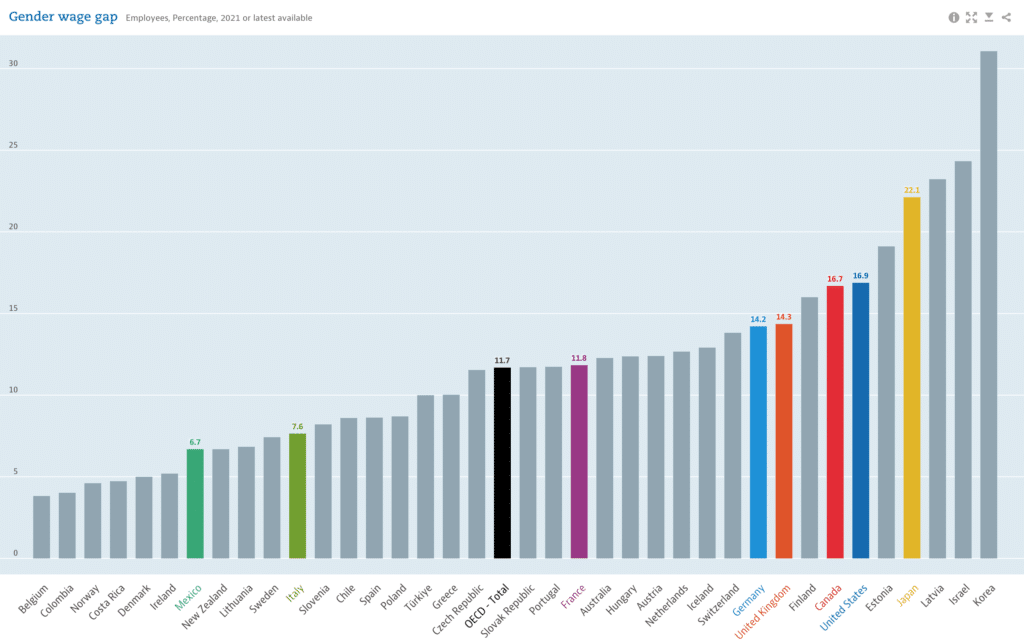It Will Takes Another 132 Years to Close The Gender Gap
As crises worsen, women’s workforce performance is affected, and the risk of global gender parity regressing further intensifies. This represents a slight improvement of four years compared to the 2021 estimate (136 years to equality). However, it does not compensate for the generational loss between 2020 and 2021: according to trends until 2020, the gender gap would close in 100 years.
Regional Disparity

North America leads all regions, having closed 76.9% of its gender gap. It is closely followed by Europe, which has closed 76.6% of its gap. Latin America and the Caribbean have completed 72.6% of their gender gap in third place. Central Asia, East Asia, and the Pacific are in the middle, with 69.1% and 69% of progress towards parity. Sixth, sub-Saharan Africa stands at 67.8%. Further down in the ranking and more than four percentage points behind sub-Saharan Africa are the Middle East and North Africa, which have closed 63.4% of their gender gap. Finally, South Asia reports the lowest performance, completing 62.4% of its gender gap in 2022.
Disparity in Business
Gender gaps in the workforce are driven and affected by many factors, including long-standing structural barriers, socioeconomic and technological transformation, and economic crises. More women have moved to paid work and, increasingly, to leadership positions; however, globally, social expectations, employers’ policies, the legal environment, and the availability of care continue to play an essential role in the choice of educational paths and career paths.
The decade of austerity that followed the global financial crisis of 2008 restricted the sectors that provide the core of the social infrastructure, which affected the results for families and the primary caregivers, often women, during the pandemic. Geopolitical conflicts and climate change affect women disproportionately. In addition, the projected deepening of the current cost-of-living crisis is likely to affect women more severely than men as women continue to gain and accumulate wealth at lower levels.
==>See graphs and additional features in our Sharepoint site.
If you don’t have access, reclaim yours at hello@rishift.com



